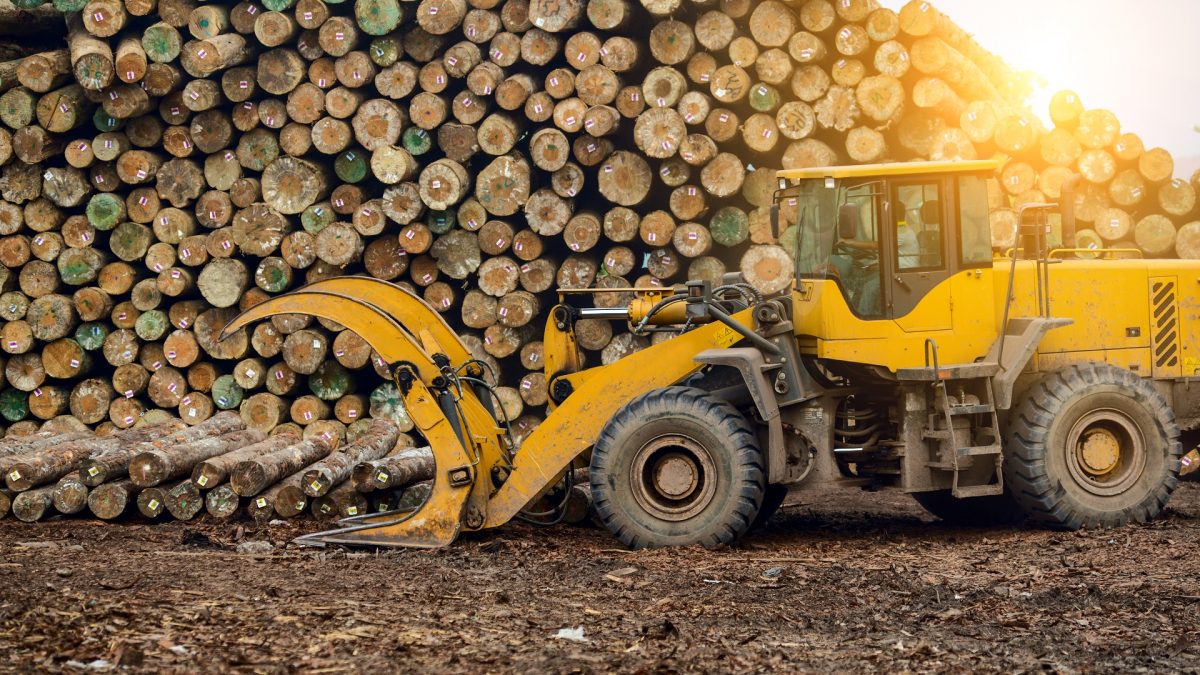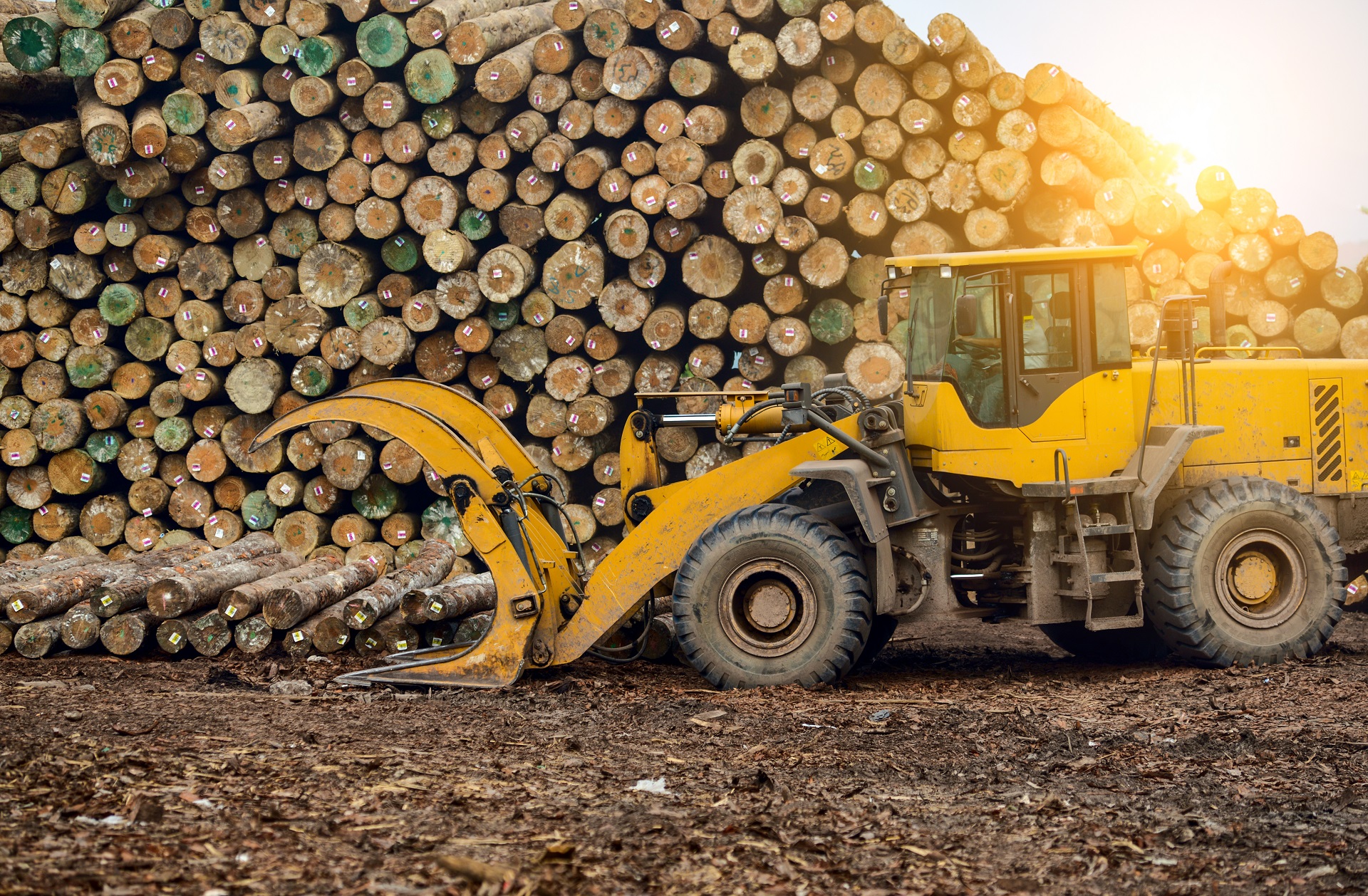The Small Business Administration is officially opening its much-anticipated Restaurant Revitalization Fund to applications on May 3, the agency said in a Tuesday announcement.
The agency said it will allow businesses to register ahead of time, starting April 30, and once the portal opens, it will remain open until the $28.6 billion in program funds are exhausted. The program provides restaurants and other eligible businesses with grants of up to $10 million and must be used on eligible expenses by March 11, 2023. We covered those details here.
“Restaurants are the core of our neighborhoods and propel economic activity on main streets across the nation,” said SBA Administrator Isabella Guzman in a press release. “They are among the businesses hardest hit and need support to survive this pandemic. We want restaurants to know that help is here.”
Businesses can register to start the application process here beginning April 30.
The SBA recommends that eligible businesses set themselves up for a smooth experience by reviewing the official guidance, gathering the required documentation and attending one in a series of live webinars to be held in the days preceding the official opening. One webinar is available on Tuesday and two are available on Wednesday.
The SBA also recently announced that restaurants will be able to access their applications and the data they need to fill out their applications through service providers including Clover, NCR Corp., Square and Toast as part of what it called a “groundbreaking collaboration” to help deliver the relief funds.
The funding, however, likely will only last “a matter of weeks” according to Sean Kennedy, executive vice president for public affairs at the National Restaurant Association.
“We know from webinars we’ve hosted and discussions with our state partners that demand and need are still very high, and with this level of preparation, we believe that it’s very likely the $28.6 billion fund will be gone in a matter of weeks, possibly only a few,” Kennedy said in a statement. “We expect that day one numbers will be through the roof. We will continue to work with SBA and our members to ensure the application process goes smoothly, even as we’re alerting Congress to our concerns about the limits of the current funds.”
He stressed that the SBA has been focused on getting the application process up quickly and done right and is doing everything it can to educate restaurants on how to apply.
But even when the portal opens, the agency will prioritize applications from businesses owned by women, veterans, and socially and economically disadvantaged people for the first 21 days.
The rollout of the Restaurant Revitalization Fund marks the latest step for a lineup of pandemic-relief programs and efforts by the SBA. The SBA recently created a way for small businesses to appeal denials from its Targeted EIDL Advance program, which we wrote about here. The agency also has rolled out a supplemental grant for the hardest-hit businesses.
The agency additionally has said it was more than tripling the maximum size of its Economic Injury Disaster Loans from six months’ worth of economic injury — or up to a maximum of $150,000 — to 24 months of economic injury with a maximum loan amount of $500,000. But it is also working to increase that new limit up to the $2 million statutory limit.


 10 Trends to Watch
10 Trends to Watch
 Prior to the global pandemic, the national unemployment rate was low, leaving millions of jobs unfilled. COVID-19 struck and unemployment soared, but with economic activity resuming, the unemployment rate fell to 7.9% in September.
Prior to the global pandemic, the national unemployment rate was low, leaving millions of jobs unfilled. COVID-19 struck and unemployment soared, but with economic activity resuming, the unemployment rate fell to 7.9% in September.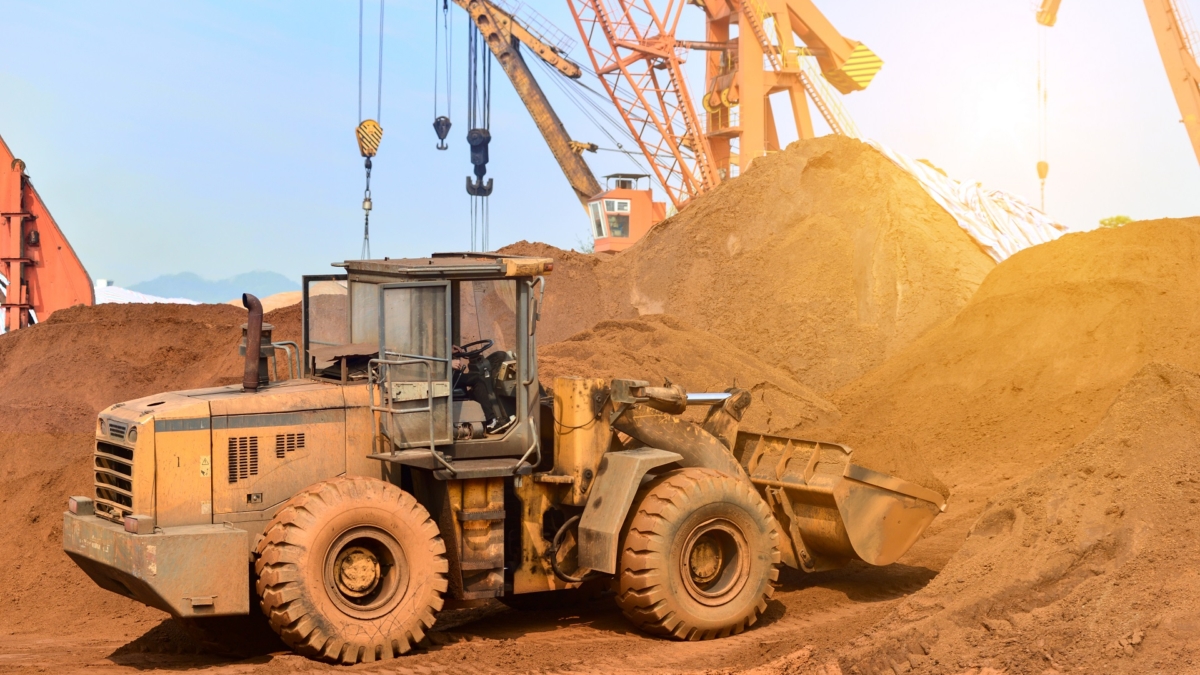
 Heavy equipment handles heavy work and commands a heavy price. Paying that price can pay off in terms of business growth and other benefits. There are a few ways that companies can add heavy equipment to their fleets. Buy outright, partner with another company to share heavy equipment assets, finance a purchase loan, and finance a heavy equipment lease. The last is a popular choice because it comes with many benefits.
Heavy equipment handles heavy work and commands a heavy price. Paying that price can pay off in terms of business growth and other benefits. There are a few ways that companies can add heavy equipment to their fleets. Buy outright, partner with another company to share heavy equipment assets, finance a purchase loan, and finance a heavy equipment lease. The last is a popular choice because it comes with many benefits.



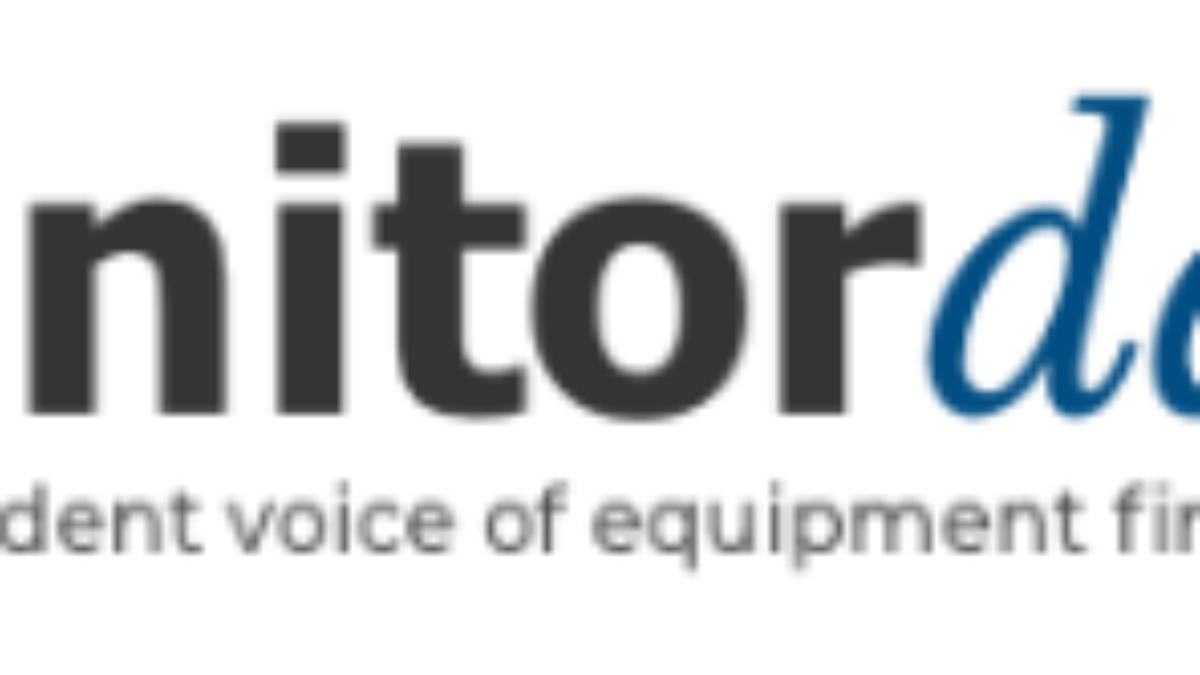

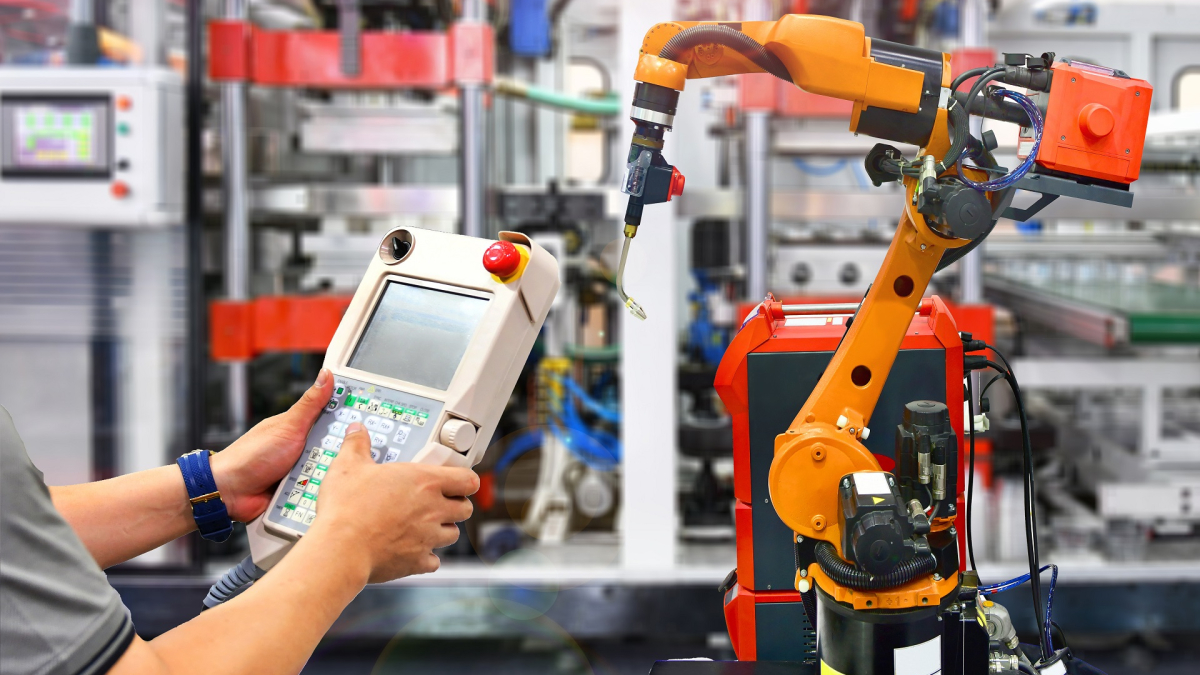
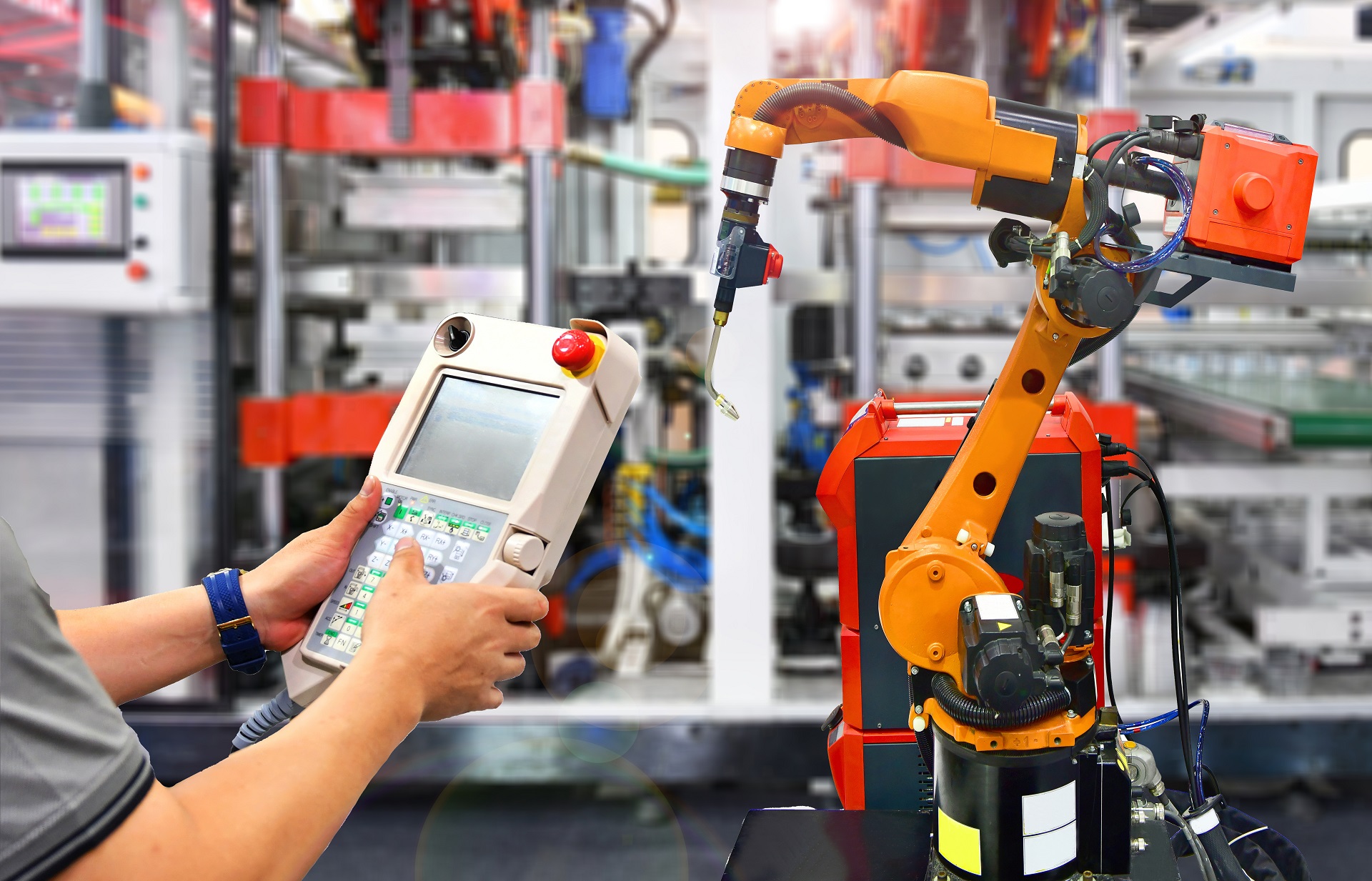 According to the 2019 Equipment Leasing & Finance Industry Horizon Report released by the
According to the 2019 Equipment Leasing & Finance Industry Horizon Report released by the 